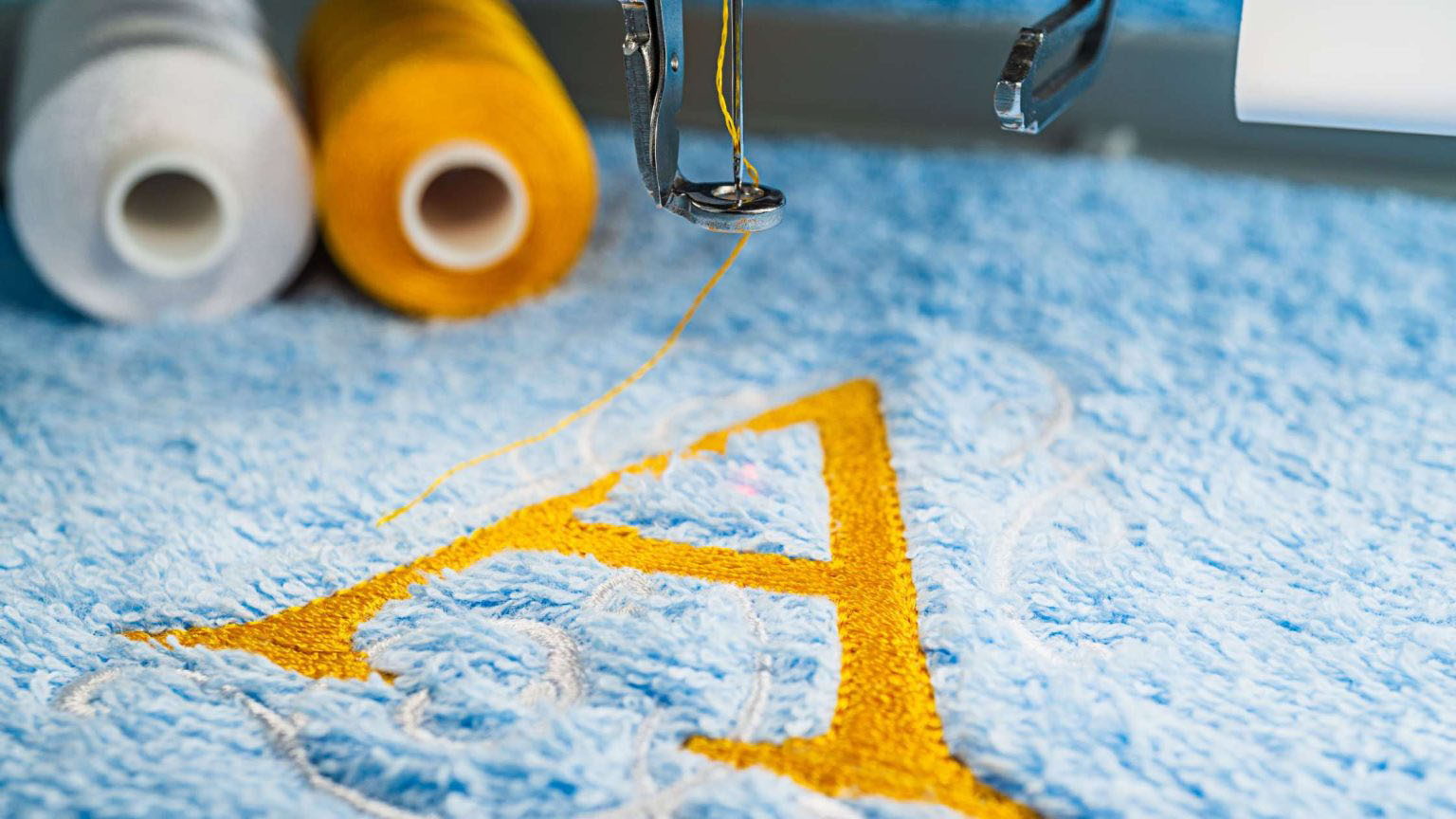At Affordable Digitizing, we understand the crucial role that design files play in creating visually stunning artwork. Whether you’re a professional designer or a business owner needing a design, choosing the right file format can greatly impact the outcome of your designs. In this article, we will delve into the realm of JPG and PNG design files, revealing their unique features and how our services can assist you in harnessing their full potential.
As you embark on your design journey, our team at Affordable Digitizing will be your trusted guide. We will navigate the intricacies of compression, ensuring that your artwork maintains its integrity even in smaller file sizes. With our expertise, you can confidently explore the landscape of image quality, knowing that your designs will shine with clarity and vibrancy.
Transparency is another vital aspect of design files, and our services provide seamless integration of transparent elements. Whether you need to create captivating logos or overlay graphics onto different backgrounds, we offer solutions that enable you to navigate the transparent waters effortlessly.
At Affordable Digitizing, we are committed to empowering our customers in their design process. With our assistance, you can choose the right path for your needs, unlocking the full potential of JPG and PNG design files. Let’s embark on this design adventure together and create artwork that truly stands out.
Compression Differences
When considering the key differences between JPEG and PNG design files, it’s important to understand the compression differences between the two formats.
JPEG uses lossy compression, which reduces file size by discarding some image data. This can result in smaller file sizes, making it ideal for web use and sharing photos online. However, the downside of lossy compression is that it can lead to a loss of image quality, especially when the file is repeatedly edited and saved.
On the other hand, PNG uses lossless compression, which preserves all image data but results in larger file sizes. This makes PNG suitable for graphics with sharp edges and transparent backgrounds, as it maintains image quality without any loss.
Therefore, the choice between JPEG and PNG depends on the desired balance between file size and image quality.
Image Quality Variations
Usually, we prefer using JPEG for photographs and complex images with many colors and gradients. The image quality variations between JPEG and PNG depend on factors such as image resolution, color depth, and the presence of visual artifacts.
JPEG is known for its ability to achieve high compression ratios without significant loss of visual quality. However, this compression can result in the creation of visual artifacts, such as blockiness or blurriness, especially in images with sharp edges or fine details.
On the other hand, PNG preserves fine details and provides a higher level of image fidelity, making it ideal for images with limited colors, sharp edges, and transparency. When image quality is of utmost importance and visual artifacts need to be minimized, PNG is often preferred over JPEG.
Transparency Capabilities
The transparency capabilities of JPEG and PNG play a crucial role in determining their suitability for different design purposes.
JPEG doesn’t support transparency and always has a solid background.
On the other hand, PNG offers transparency options through its alpha channel support. This means that PNG images can have transparent backgrounds, allowing for overlaying images and creating visually appealing designs.
Transparent PNG images are commonly used in web design, logos, and icons.
This transparency feature isn’t available in JPEG, making it less suitable for designs that require transparent elements.
If transparency is needed, JPEG files can be converted to PNG, but this conversion will result in larger file sizes.
Therefore, when working with images that require transparency, PNG is the go-to format.
Usage and Compatibility Factors
To determine the best image file format for your design needs, it’s important to consider the usage and compatibility factors.
When it comes to file format compatibility, both JPEG and PNG have widespread support from web browsers and image editing software. However, it’s worth noting that PNG may not be compatible with older software or devices, whereas JPEG is considered the standard format for sharing photos online and printing.
In terms of browser support, both formats are well-supported, but it’s always advisable to check for any specific limitations or issues when using PNG. Additionally, backward compatibility should be taken into account, especially if you’re working with legacy systems or older versions of software.
Considerations for Choosing Between JPG and PNG
When considering the best image file format for your design needs, it’s important to take into account several key factors when choosing between JPG and PNG.
One crucial consideration is file size. JPG files are compressed and therefore have smaller file sizes compared to PNG files, which are uncompressed and result in larger file sizes.
Another factor to consider is color depth. JPG supports 24-bit color depth, while PNG supports both 24-bit and 48-bit color depth, allowing for more accurate color representation.
Additionally, it’s essential to consider the implications of editing and saving. When a JPG file is repeatedly edited and saved, it undergoes lossy compression, leading to a loss of image quality. On the other hand, PNG files can be edited and saved without any loss, making them a better choice for designers who need to make frequent edits to their images.
Affordable Digitizing: How We Help You Choose Between JPG and PNG Design Files
At Affordable Digitizing, we understand that deciding between JPG and PNG design files isn’t an easy task. That’s why we’re here to assist you in making the right choice for your digital creations.
With our expertise, we take into account important factors such as compression, image quality, transparency, and usage compatibility. By carefully considering these aspects, we ensure that you receive the most suitable format that optimizes the quality and efficiency of your designs.
So, when faced with the dilemma, rely on Affordable Digitizing to guide you towards an informed decision and let your creativity shine through.

